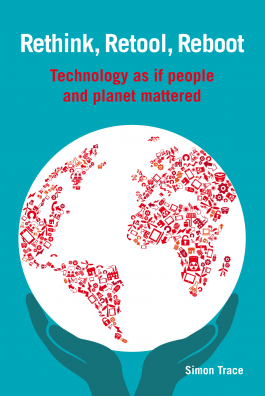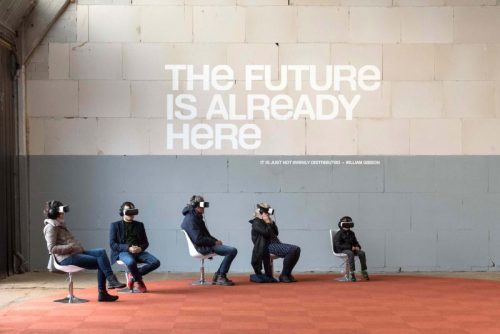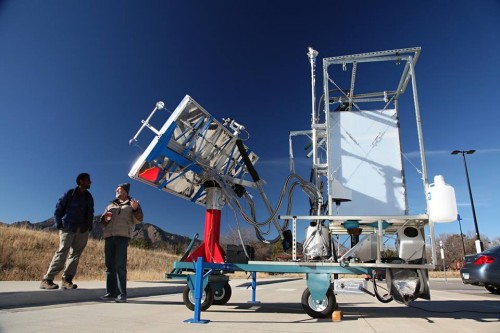We have been enticed into a world in which computing has faded into the background of everyday life, effectively becoming invisible. At the same time, we have actively concealed the ways in which these networked systems of software, data, technologies, and infrastructures “have politics”. And, with promises that computers are impartial, we have removed them from the public eye, making them difficult to expose and critique.
Yet these systems can only be understood as the flawed extensions of human creation. They act on our biases by replicating them and distributing them into the background of everyday life, thereby reinforcing and even exacerbating existing structural inequalities… Rather than letting these systems fade into the background, a deeper engagement with the material realities of digital technologies is necessary.
Read more: Invisible algorithms, invisible politics, Laura Forland. Via SF Sutcliffe.











